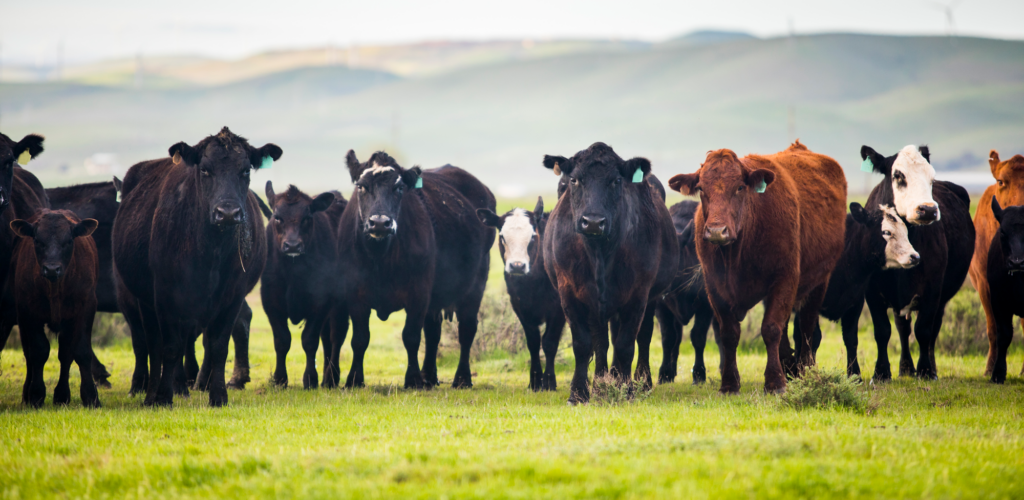Dairy Producers Losing Milk Due to H5N1, Honeybee, and Farm-Raised Fish Producers Also Eligible
The U.S. Department of Agriculture’s Farm Service Agency (FSA) reminds producers, including dairy producers impacted by H5N1, that the deadline to apply for financial assistance through the Emergency Assistance for Livestock, Honeybees, and Farm-Raised Fish Program (ELAP) is January 30, 2025, for losses due to specific adverse conditions that occurred in 2024.
“USDA recognizes the broad scope of production risk our farmers and ranchers face every day. The Emergency Assistance for Livestock, Honeybees, and Farm-Raised Fish Program provides an important financial safety net, helping our producers rebound from weather and disease impacts that are out of their control and are not part of their operation’s ordinary risk profile,” said Zach Ducheneaux, administrator of USDA’s Farm Service Agency. “Producers who were negatively impacted in calendar year 2024 must submit an ELAP notice of loss and application for assistance by January 30, 2025.”
ELAP provides emergency relief to eligible producers of livestock, honeybees, and farm-raised fish to assist with losses due to disease, adverse weather, or other conditions, such as wildfires, that are not covered by other FSA disaster assistance programs. In July 2024, USDA established ELAP eligibility for dairy producers who incur milk losses when cattle are removed from milking due to positive H5N1 tests.
To date, USDA has provided more than $80 million in ELAP assistance to help dairy producers who are affected by H5N1 to offset the cost of lost milk production. As of January 8, 2025, there are active detections of H5N1 in dairy herds in two states (California and Texas), though ELAP assistance has reached producers affected by the outbreak in 16 states. USDA’s Animal and Plant Health Inspection Service maintains an interactive map showing states with current and past detections.
ELAP Eligible Losses
ELAP provides recovery assistance for:
- livestock feed and grazing losses that are not due to drought or wildfires on federally managed lands;
- purchased or mechanically harvested livestock feed destroyed by an eligible loss condition, above-normal feed purchases, and additional cost of feed delivery;
- the cost of transporting water to livestock due to a qualifying drought;
- above-normal costs of hauling feed to livestock and hauling livestock to forage or other grazing acres due to a qualifying drought;
- costs associated with gathering livestock for treatment and/or inspection for cattle tick fever;
- honeybee feed, colony and hive losses due to colony collapse disorder, eligible adverse weather, and other conditions;
- farm-raised fish feed and death losses due to eligible disease, adverse weather, and other qualifying conditions; and,
- loss of income when removing dairy cattle from commercial milking due to a positive H5N1 test confirmed by USDA’s Animal and Plant Health Inspection Service National Veterinary Services Laboratories.
Dairy H5N1 Eligibility
Under this new H5N1 provision of ELAP, eligible adult dairy cattle must be maintained for commercial milk production and be currently lactating. Assistance is available for up to 120 days after the sample collection date for the positive H5N1 test.
If the 120-day period starts in 2024 and extends into 2025, producers must submit two applications for payments based on the applicable calendar year losses.
Other ELAP Loss Conditions and Payments
Eligible adverse weather or loss conditions under ELAP include but are not limited to blizzards, drought, winter storms, excessive wind, floods, hail (grazing loss only), hurricanes, lightning, tidal surges, and tornados. Not all eligible loss conditions are applicable to all categories of ELAP assistance, and producers are encouraged to visit with their county FSA office for more information. Payments are based on a percentage of the fair market value of the livestock, honeybees, or fish lost, or the cost of feed and water shortages.
Producers are responsible for providing verifiable documentation of losses and the conditions causing the loss. This may include veterinary records, feed purchase receipts, and other supporting documents.
For more ELAP information, visit ELAP for Livestock; ELAP for Honeybees; ELAP for Farm-Raised Fish, and ELAP for H5N1-Impacted Dairies.
Producers interested in applying for ELAP assistance for calendar year 2024 should contact FSA at their nearest USDA Service Center before the January 30, 2025, deadline. To find a service center, visit farmers.gov/service-locator.
***
Text adapted from a release by USDA dated January 8, 2025.
